What To Do After A Bike Accident
So it finally happened. After years of close calls and near misses, you finally hit the deck. Maybe it was a errant patch of gravel, or someone’s back wheel that was the culprit, but the end result is always the same – you leave a significant portion of your skin behind on the road. Recovering from a crash can be a tricky process, and you will only ever do it the wrong way once (it hurts that much!). To spare you some learning pains, here are some tips on dealing with the dreaded road rash.
Cleaning the Wound
The first thing you want to do is wash the wound out as well as you can – unless you managed to fall on hardwood floors (velodrome?), you are going to have a ton of grit and dirt embedded in there. This needs to come out. A lot of people are tempted to use alcohol or hydrogen peroxide to ‘disinfect’ the wound. DON’T!!! These substances will damage your exposed tissue, potentially increasing the likelihood of scarring, and delaying recovery. Warm water and a mild soap, and/or a saline solution are all you need. Try to get as much of the dirt out as possible, but don’t scrub too hard and inflame the area. A small squirt bottle can be really handy here.
Now that you have a relatively clean area to work with, it is time to disinfect the wound. Depending on how much things are hurting at this point, I will use a couple different methods. If the pain is really bad, I have a antiseptic spray that contains lidocaine (a numbing agent) that works so well I think it might be some sort of witch magic. After spraying it on and letting it dry off a bit, I will cover the affected area with a triple antibiotic ointment like Neosporin. If you can find the stuff that also has ‘pain relief’ get it – it’s not lidocaine, but it will help. You want to have a thin film of the ointment covering the area – don’t gob the stuff on!
Bandaging the Wound
Hopefully by now, things are hurting a little less, and you can think about dressing the wound. This was where I made my biggest mistake on my first crash – I used regular dressings, and didn’t change them soon enough. By the time I got around to switching my bandages a day later, my skin had started growing back into the bandage, and I ended up spending two hours soaking in the bathtub, slowly ripping my own skin off as I peeled the bandages off. So beware!!!
In general, you should always keep the wounds covered – if your raw skin gets too much sun it will scar for sure and letting them scab over will leave you with a couple of weeks (or more) of very stiff, painful, awkward moving about. By keeping the wounds covered, you allow the new skin to form underneath, and when it has completely closed up, you can take the bandages off and be just about good as new! There are a couple of options for dressings. If you are super fancy, you can use what are called semi-occlusive dressings – these allow the wound to breathe while still sealing fluids inside and other contaminants outside. All of the professional racing teams use these – the best brand is probably BIOCLUSIVE. The downside is that they are pretty pricey – depending on what size you need, up to $5 per patch.
My low-tech alternative to these was a combination of the non-stick gauze pads you can find at any drug store and vaseline. I found that the non-stick pads alone weren’t quite non-sticky enough, but with a thin layer of vaseline on them, they worked perfectly! I used mesh wrap to hold them on. You will have to change these a bit more frequently than the Bioclusive dressings (once a day, versus once every few days) but if you can’t find the fancy stuff, these are a great second option.
Now you should be well on your way to a successful recovery! Change your dressings frequently, and don’t try to do too much too soon, and you will be back riding in no time. After the aforementioned crash and skin peeling incident, I was back racing (still slightly bandaged up, albeit) in two weeks.
 You’ve been riding for a couple of years now. The days of struggling up every incline, and falling over at traffic lights because you can’t get your feet out of your pedals is over. You’ve done some epic long rides with friends. Maybe you have started commuting in to work. But now, riding is starting to get a bit stale. The motivation to get out the door on the weekend isn’t quite what it used to be. You are looking for the next thing to add to your bike riding experience. What you are looking for is bike racing.
You’ve been riding for a couple of years now. The days of struggling up every incline, and falling over at traffic lights because you can’t get your feet out of your pedals is over. You’ve done some epic long rides with friends. Maybe you have started commuting in to work. But now, riding is starting to get a bit stale. The motivation to get out the door on the weekend isn’t quite what it used to be. You are looking for the next thing to add to your bike riding experience. What you are looking for is bike racing.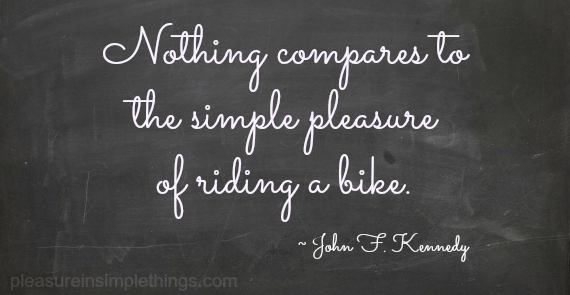 Many cyclists are into the sport for different reasons but there are some cycling moments that everyone experiences at least once in their cycling lives. Here’s the top 10 best cycling moments that everyone experiences.
Many cyclists are into the sport for different reasons but there are some cycling moments that everyone experiences at least once in their cycling lives. Here’s the top 10 best cycling moments that everyone experiences. 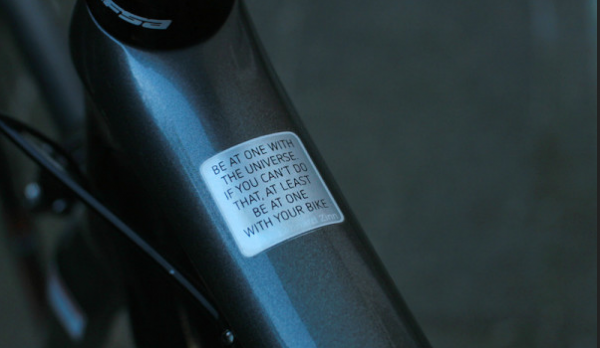 Being in a good place mentally is half the battle when it comes to preparing for a race. You want to be focused, relaxed, and confident when you begin. If you show up flustered, disorganized, or worried you’ll have a harder time focusing on what you need to do, how to pace yourself, or even
Being in a good place mentally is half the battle when it comes to preparing for a race. You want to be focused, relaxed, and confident when you begin. If you show up flustered, disorganized, or worried you’ll have a harder time focusing on what you need to do, how to pace yourself, or even 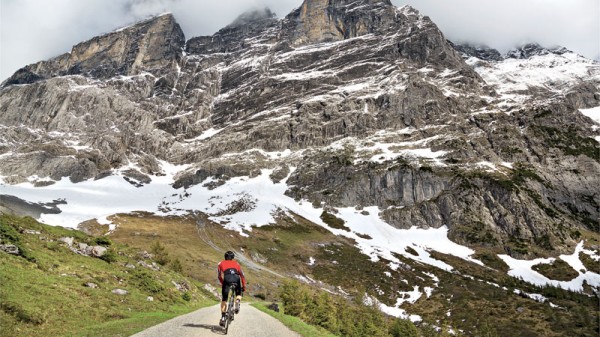 Early season riding conditions can be very challenging. During the winter, a ton of grit and salt gets dumped on roads to keep them grippy and snow-free, and, come spring time, all of that stuff ends up in one place – the shoulder where you want to ride. Spring is also pothole season, as water seeps into cracks in the road and freezes overnight, opening up holes the size of the Grand Canyon on your favorite roads. There are a few simple bike handling tips to keep your skin off the road and your bike in one piece.
Early season riding conditions can be very challenging. During the winter, a ton of grit and salt gets dumped on roads to keep them grippy and snow-free, and, come spring time, all of that stuff ends up in one place – the shoulder where you want to ride. Spring is also pothole season, as water seeps into cracks in the road and freezes overnight, opening up holes the size of the Grand Canyon on your favorite roads. There are a few simple bike handling tips to keep your skin off the road and your bike in one piece.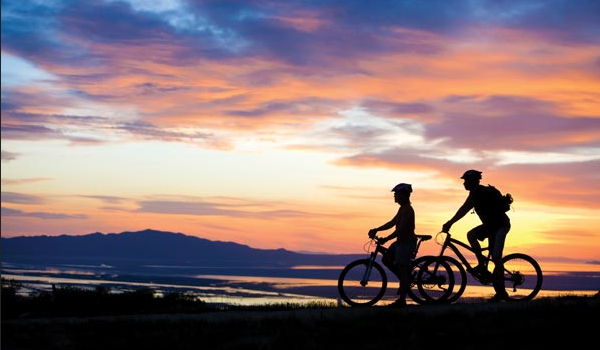 Long bikes rides are a wonderful way to enjoy your time to yourself or others and get in some much needed fun. However, if you do plan on spending hours or even days on your favorite bike route, there are some things that you will want to take with you. This simple checklist will help you take on any challenge or emergency you may meet on the bike trail.
Long bikes rides are a wonderful way to enjoy your time to yourself or others and get in some much needed fun. However, if you do plan on spending hours or even days on your favorite bike route, there are some things that you will want to take with you. This simple checklist will help you take on any challenge or emergency you may meet on the bike trail. 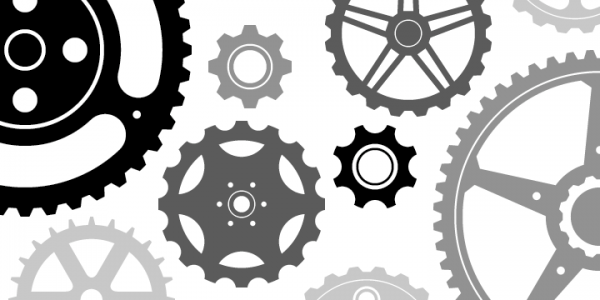 Changing your bike gears while cycling takes some practice in order to accomplish the change fluidly. Avid cyclists know that if you ride your bike off road or on any kind of terrain that isn’t flat you will need to change gears. Most bikes contain anywhere from ten to twenty-seven gears that are split between the front and back wheels. Knowing when and how to change them is an important part of cycling.
Changing your bike gears while cycling takes some practice in order to accomplish the change fluidly. Avid cyclists know that if you ride your bike off road or on any kind of terrain that isn’t flat you will need to change gears. Most bikes contain anywhere from ten to twenty-seven gears that are split between the front and back wheels. Knowing when and how to change them is an important part of cycling. 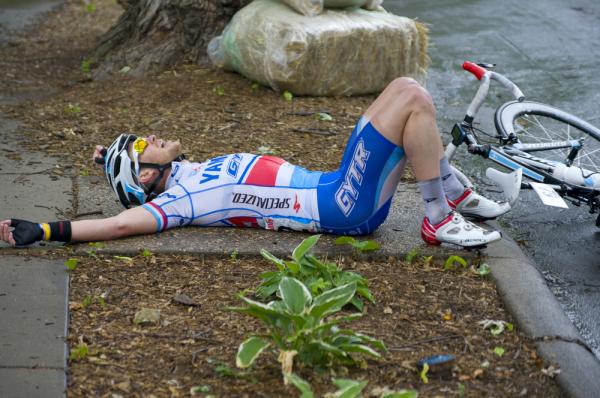

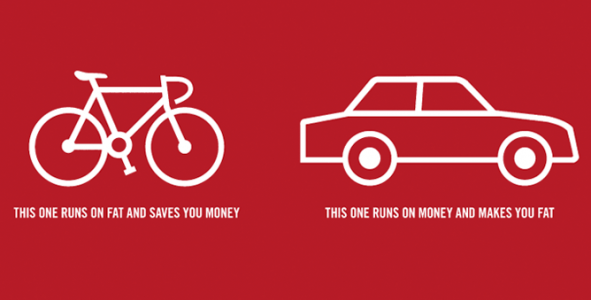 When someone initially thinks about saving money in a big city they eventually come to the idea of cycling. This is because cycling is a remarkable way of saving money in many different ways. Some of these ways may surprise even avid bikers.
When someone initially thinks about saving money in a big city they eventually come to the idea of cycling. This is because cycling is a remarkable way of saving money in many different ways. Some of these ways may surprise even avid bikers.